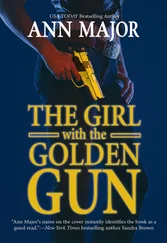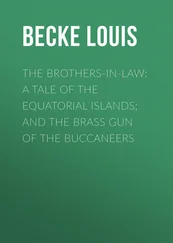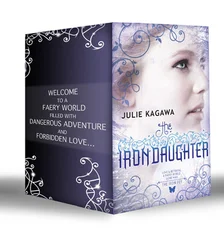Mike Dick arrived in jeans and a T-shirt. He was a young man, a bit round at the corners, whose prior career was in the hospitality industry. He joined Guns Unlimited to help his father salvage the business, which had suffered badly not only from the recession but from the sudden decampment of so many military men from the Hampton Roads area during the Gulf War. The domestic gun industry as a whole had likewise experienced declining sales over the previous few years, and that March one of the country’s highest-profile arms makers, Colt’s Manufacturing, had filed for protection from creditors under Chapter 11. At the time of the shootings at Atlantic Shores, however, the industry was enjoying a robust surge in sales, and Guns Unlimited was thriving. As of 1990, James Dick owned three Guns Unlimited stores, including branches in Virginia Beach and Portsmouth. But he too had been forced to file for bankruptcy under Chapter 11. By the time I met his son, Guns Unlimited had scaled back to just the Carrollton store.
The company was hardly a big-time arms dealer. Financial statements filed with the U.S. Bankruptcy Court in Norfolk show that in April 1992 it had sales of $30,000, which produced a net profit after wages, taxes, and other operating costs of only $503. The best month of the preceding dozen had been April 1991, when Guns Unlimited’s revenue of $51,000 yielded a net profit of $1,752, the kind of money a big arms dealer like Interarms of Alexandria, Virginia, probably spends on lunch when wooing a major customer.
At its peak, the company advertised aggressively on television and with huge fourteen-by-forty-eight-foot billboards that featured a giant handgun and proclaimed NO PERMITS, a reference to the fact that in Isle of Wight County as in most of the rest of Virginia you didn’t need a permit to buy handguns. Regulations were much stiffer in individual cities in Hampton Roads. Portsmouth, for example, required that buyers first had to get a city police permit. Guns Unlimited used the placement of its three stores to defeat these laws. In a deposition, Christopher Hartwig, a clerk until May 1991, said that if a customer at the Portsmouth store needed a gun right away, a clerk would drive the gun to the Carrollton store and meet the buyer there.
The practice came to light in a deposition given by Hartwig during the negligence suit against Guns Unlimited.
“Is that something the salesclerk would suggest or the customer?” asked Randy Singer, the Norfolk attorney who brought the suit on behalf of the murdered teacher’s family. A bright, soft-spoken young man, Singer had been driving back from Disney World on December 16, 1988, with his own children safely in the car—they were Atlantic Shores students also, but had gotten permission for the trip—when he heard a news broadcast about Nicholas Elliot’s shooting spree.
“I can’t lie,” Hartwig said. “We would do it.”
But other shops did it too, he said. “Most people don’t want to wait…. It would be like waiting two weeks to buy a nice car. You would want it today if you got the money. So they’d send the gun… to the other store and then all the paperwork, everything would be done right there.”
This bit of gun-law arbitrage was legal. In the ethos of the gun trade, legal meant acceptable.
“Guns Unlimited is very well respected,” Mike Dick assured me over coffee at the convenience store at the end of the little mall. He told me he’d been invited to join the state police firearms advisory board and had assisted ATF in numerous investigations, often calling the regional office after—or even during—suspicious transactions. “In fact, I would venture to say if you talked to the local regional office of ATF, you would find that no one in this region assists them as much as we do.”
At the same time, Guns Unlimited was more than willing to sell an especially lethal weapon to an adolescent—a weapon, moreover, that its own staff had derided as serving no useful purpose. At one point in the deposition process, Randy Singer asked another former Guns Unlimited clerk what anyone would use a Cobray M-11/9 for.
“Whatever you want to use it for,” the clerk answered. “Off the record, personally I wouldn’t use the damn thing for crab bait.”
The clerk went on to say that he would never recommend the gun for target shooting, hunting, or self-defense.
Was there anything he could recommend it for, Singer asked?
“Boat anchor.”
Hartwig was equally disparaging: “It’s good for nothing.” He allowed, however, that one class of customer did seem drawn to the weapon. “Your blacks are real impressed with them. We usually joke around about it because that’s the first thing they want to look at when they come in, or we get phone calls—’Do you have an Uzi? Do you have an M-11?’—because they see it on TV. They feel pretty powerful having one of those.”
Nonetheless, he said, “the gun is a piece of junk.”
As to whether the Cobray was any more deadly than other guns, Mike Dick, James Dick, and their clerks were in agreement. They cited one of the fundamental tenets of America’s gun culture and a cherished dictum of the National Rifle Association: all guns were created equal. At bottom an AK-47 is no more dangerous than a High Standard .22; a hundred-round Caleco semiautomatic pistol no more deadly than a Smith & Wesson .38.
Mike Dick also gave the Cobray a poor appraisal. “I hate to use this particular term, but it’s a toy,” he told me. “It’s a fun gun for a person who wants to go out and line up a bunch of cans on a log, or to shoot at a target at very close range.” He took a drag on his cigarette. “What I have a problem with is the implication that this particular gun because of what it costs or what it looks like or how many bullets it holds is inherently bad. With very little effort at all, cosmetically, that gun could be any other gun.”
And yet it is cosmetics that account for some of the Cobray’s appeal, as even he acknowledged.
“The Cobray is bought, I think, mainly because of its looks. It does in fact look kind of evil. And it does carry an awful lot of rounds.” He was careful, however, to hew to yet another gun-camp theme: the large-capacity magazine had a sporting purpose. “Many people like to get multiple magazines or larger-capacity magazines simply to save time on reloading while they’re at the range. When you’re paying by the hour for range time, a lot of people do feel the need to stock up as much as possible.”
Just as Nicholas Elliot knew he wanted to buy his gun at Guns Unlimited, so too have other traffickers, gang members, and killers chosen Guns Unlimited as their dealer of choice, a fact that had given Guns Unlimited something of a notorious reputation in Virginia’s Tidewater region—unjustly, perhaps, but also unavoidably, given the peculiar nature of firearms retailing.
In two cases in the 1990s gun traffickers recruited straw-man buyers to shop at Guns Unlimited and purchase large numbers of guns, from high-quality Glocks to cheap Davis pistols. In both cases, according to documents in Norfolk federal court, the traffickers specifically directed their recruits to Guns Unlimited; in both cases Guns Unlimited did indeed act as an exemplary corporate citizen.
But a closer look at the two trafficking cases shows that Guns Unlimited and gun dealers in general operate in a world where profit and morality bear an inverse relationship to each other—where a truly moral dealer who followed his best social instincts at every turn would more than likely wind up on a bread line. What does it mean that even a “good” dealer can wind up promoting crime? Has gun retailing become simply too costly a pursuit for our society to tolerate?
♦ ♦ ♦
In August 1991, Amir Ali Faraz, a twenty-two-year-old student at Old Dominion University in Norfolk, Virginia, asked a friend of his, Matthew Jones, about buying “a couple of firearms.” Faraz couldn’t buy the guns on his own, he knew, because his permanent residence was in Pennsylvania and he had only a Pennsylvania driver’s license.
Читать дальше
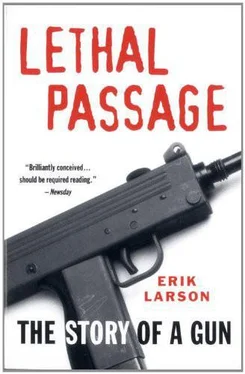
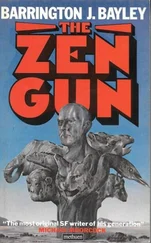
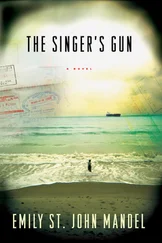

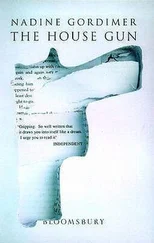

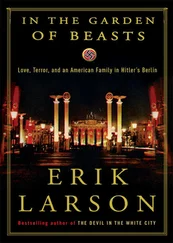

![Ричард Деминг - Whistle Past the Graveyard [= Give the Girl a Gun]](/books/412176/richard-deming-whistle-past-the-graveyard-give-t-thumb.webp)
